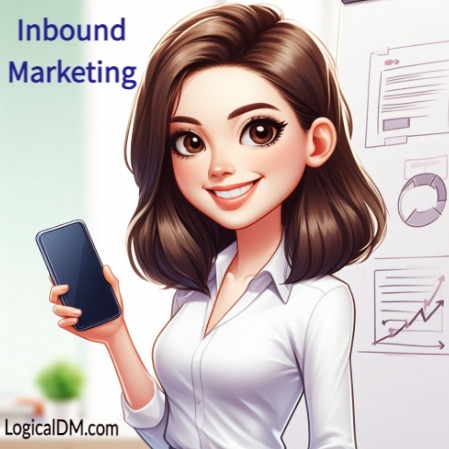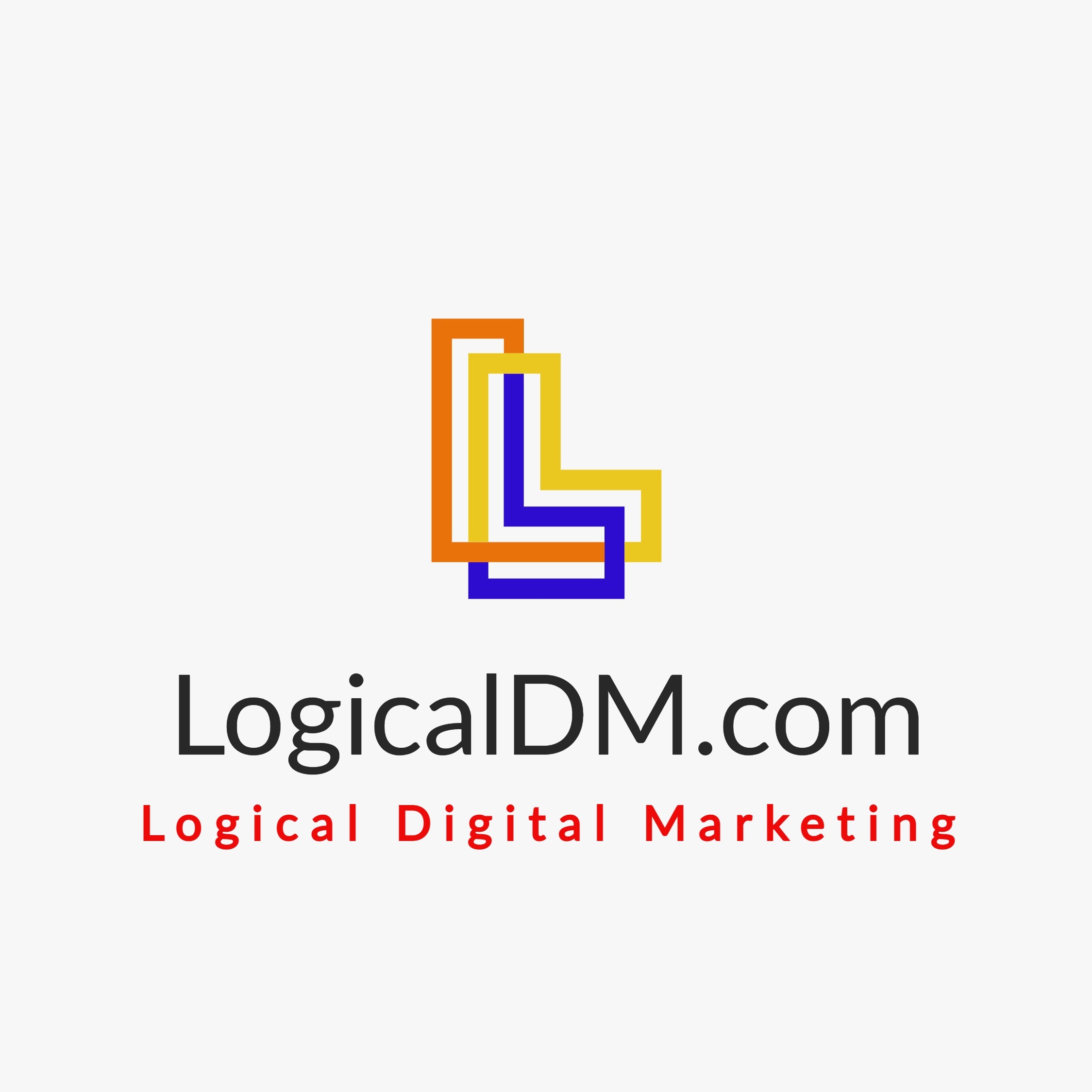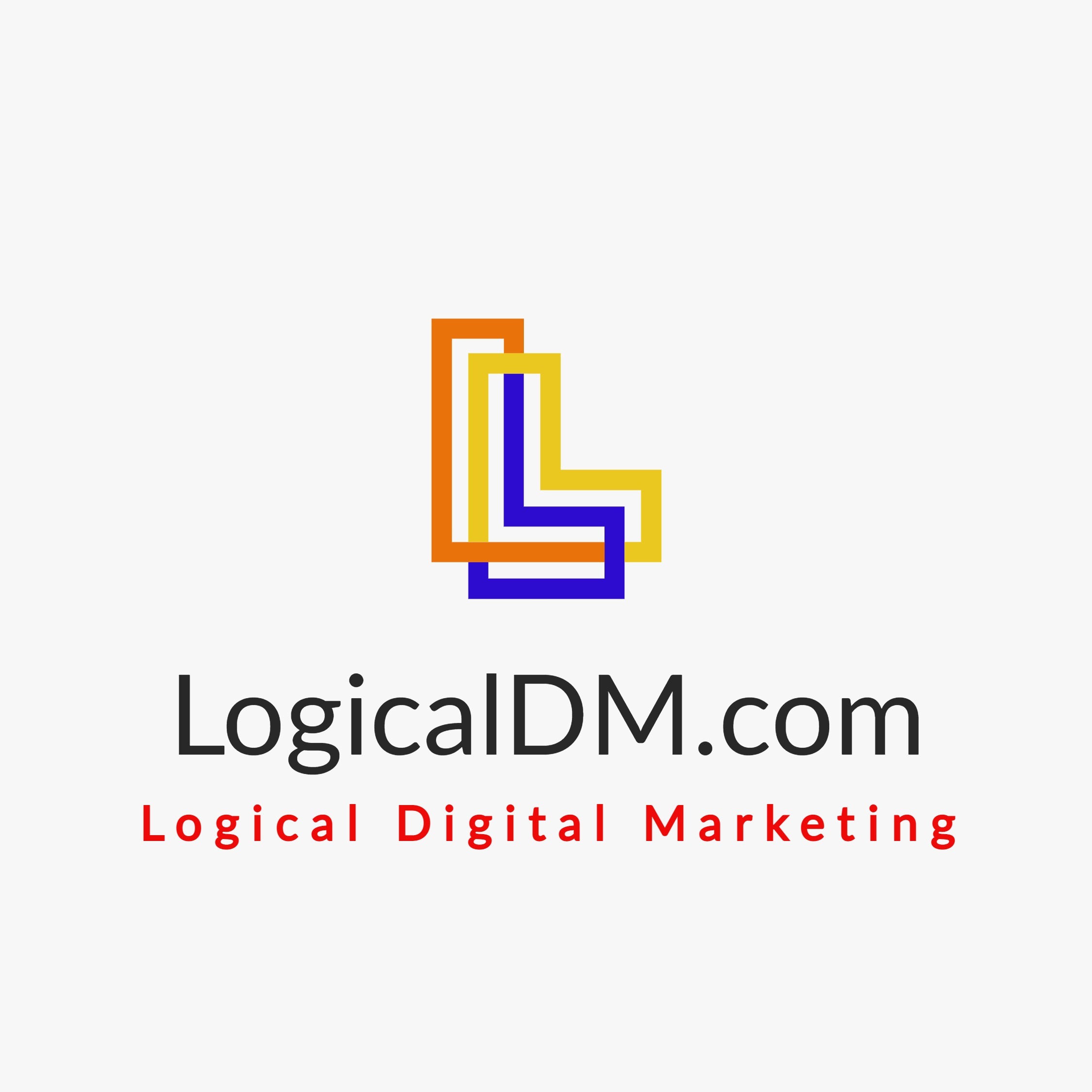
Inbound marketing tactics encompass everything from creating content relevant to your mission and purpose to blogging, SEO, social media and video - with the ultimate aim being attracting potential customers who would become loyal patrons of your business.
For example, pet supplies provider Chewy uses inbound marketing to target pet owners through its website that provides helpful product guides. Chewy also has been known to host free webinars to promote its products.
Content marketing is a method of engaging customers through various digital strategies such as blog articles, social media posts, e-books, infographics and videos. Content marketers create custom tailored material aimed at specific target audiences with the intent of helping solve their problems or answer their inquiries.
Inbound marketing is a strategy designed to foster repeat customer relationships in order to build brand loyalty and expand revenue. Unlike outbound ads, inbound marketing draws customers directly towards your company through content they want to read or share - instead of interrupting people through interruption.
To create effective inbound marketing content, it is crucial to understand the issues your prospects and clients are experiencing, such as pain points they experience and what words or phrases they use to describe those issues. With this knowledge in hand, it will allow you to develop messaging for appropriate content strategies and develop appropriate messaging campaigns.
Next, identify what types of content will attract and engage your target audience. This could include research reports, data-backed blog posts, repurposed material or educational videos. Finally, establish a publishing schedule so your content has maximum success.

Establishing a robust inbound marketing strategy is vital to expanding your business and reaching new audiences. It's essential that you recognize its benefits in terms of building meaningful, long-lasting relationships between current clients and prospective ones.
Social Media
Social media is one of the key inbound marketing tactics to increase company visibility. By posting engaging, relevant content regularly on your page and increasing awareness about your brand, social media allows your business to show its human side and give potential customers reason to trust you.
A proven inbound marketing strategy uses a customer-centric approach to help organizations expand. It consists of three phases: attract, engage, and delight - each focused on finding suitable consumers to target, addressing their pain points, providing support after purchase and encouraging users to share their success stories - ultimately fueling growth with this strategy.
Inbound marketing strategies can be employed both alone or alongside other forms of promotion. Account-based marketing (ABM) provides an effective means of targeting specific businesses and individuals with highly tailored messages; content marketing offers additional reach by reaching customers that may have gone undetected in traditional outreach efforts.
Inbound marketing extends beyond traditional methods with guest blogging as one way of increasing content promotion and increasing exposure in your industry. It is key that your blog posts contain high-quality material relevant to your target audience in order to ensure positive responses and drive traffic back to your website.

Email Marketing
Instead of pushing products and services onto customers using interruptive tactics like paid ads, inbound marketing provides useful content that addresses their problems, strengthen relationships and expand businesses. This approach increases trust among your target market while decreasing customer resistance while creating brand ambassadors for your brand.
The inbound methodology can be broken into three steps: attract (strangers), engage (prospects), and delight (customers). A blog post that answers frequently asked questions can be an effective way of generating leads, while video can provide insightful footage that builds credibility - One company offers its Whiteboard Wednesday series as an example, giving away tons of free knowledge on a topic for viewers to take advantage of.
Email marketing is an integral component of inbound marketing. Delivering relevant content via email can help nurture prospects and convert them to customers; for instance, an automated email that reminds users of items left in their online shopping cart could encourage them to complete purchases more swiftly.
Investment of time and resources into Inbound marketing strategies for startups can make an enormous difference to their success. Creating high-quality content pays dividends over time; plus it is more cost-effective than traditional advertising techniques! For more tips on using Inbound marketing tactics effectively visit our Inbound Marketing Guide for startups.
Video Marketing
Video marketing can be an extremely valuable asset to businesses of all sizes. When executed properly, video can help convert visitors to your website into leads and eventually customers - while also increasing SEO rankings.

As your first step in video production, the initial task should be identifying your intended target audience through creating a buyer persona. This will show who and at what stage of their journey your video is targeting.
Once you know who your video will be for, it's time to begin brainstorming ideas for its creation. Keep in mind that most viewers have short attention spans; therefore, videos should be short and engaging; simple stories featuring heroes, conflicts and resolution work well; additionally adding a call-to-action will increase its effectiveness.
Client testimonial videos are one of the most effective tools for building trust and confidence in a brand or product, while product videos showcase its distinctive features while outshining competitors.
Personalize account-based marketing (ABM) campaigns with personalized messages using video capture tools for more targeted message. By targeting specific individuals with videos tailored specifically to them, ABM campaigns can increase customer engagement while aiding sales efforts.
Case Study: Testing Highly Tailored Messages for Inbound Marketing on Social Media
Objective: A small business aimed to enhance its inbound marketing efforts by testing three highly tailored messages on social media platforms to determine the most effective approach in attracting and engaging its target audience.
Methodology:
Target Audience Identification
The business identified its target audience based on demographics, interests, and online behavior.
The audience primarily consisted of young professionals interested in sustainable fashion and eco-friendly products.
Message Creation
Three highly tailored messages were developed to align with the target audience's interests and values.
Message 1 emphasized the eco-friendly aspects of the business's products and highlighted their positive environmental impact.
Message 2 focused on the high-quality craftsmanship and durability of the products, appealing to the audience's desire for long-lasting items.
Message 3 highlighted the unique and stylish designs of the products, catering to the audience's fashion-forward preferences.
Social Media Platforms
The business chose three popular social media platforms: Instagram, Facebook, and Twitter.
Each platform offered different engagement and advertising options to test the messages effectively.

Campaign Execution
The business created separate campaigns for each message on all three social media platforms.
Ad sets were created for each message, targeting the identified audience based on demographics and interests.
The campaigns ran simultaneously for a specific duration, with equal budget allocation for fair comparison.
Key Metrics
The business tracked various key metrics to evaluate the performance of each message, including:
Impressions: The number of times the ad was displayed.
Click-through Rate (CTR): The percentage of people who clicked on the ad after seeing it.
Engagement: Likes, comments, shares, and interactions with the ad.
Conversion Rate: Individuals on a percentage basis who viewed an advertisement and subsequently carried out a desired action. (e.g., calling the business, signing up for a newsletter or making a purchase).
Data Analysis and Results
After the campaign period, the business analyzed the performance of each message across all platforms.
Message 1 (eco-friendly aspect) had the highest click-through rate, indicating strong initial interest.
Message 2 (high-quality craftsmanship) had the highest conversion rate, suggesting its effectiveness in driving actual purchases.
Message 3 (unique and stylish designs) received the highest engagement, with the most likes, comments, and shares.
Optimization and Iteration:
Based on the results, the business decided to optimize its marketing strategy by combining the successful elements from each message.

A revised message was created, highlighting both the eco-friendly aspect and high-quality craftsmanship, while still emphasizing the stylish designs.
The revised message was tested in subsequent campaigns to refine and improve the inbound marketing approach further.
Conclusion
Through testing three highly tailored messages on social media, the small business gained valuable insights into the preferences and motivations of its target audience.
The results indicated that combining elements of eco-friendliness, high-quality craftsmanship, and stylish designs in a message led to the most effective engagement and conversions.
This data-driven approach allowed the business to optimize its inbound marketing tactics and achieve better results in attracting and retaining its desired customer base.

 Add Row
Add Row  Add
Add 



